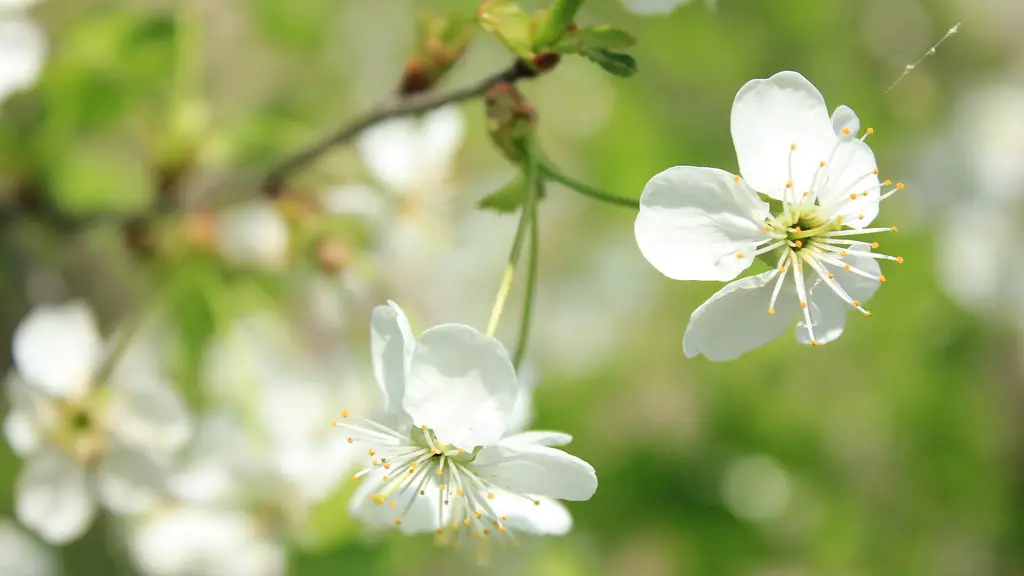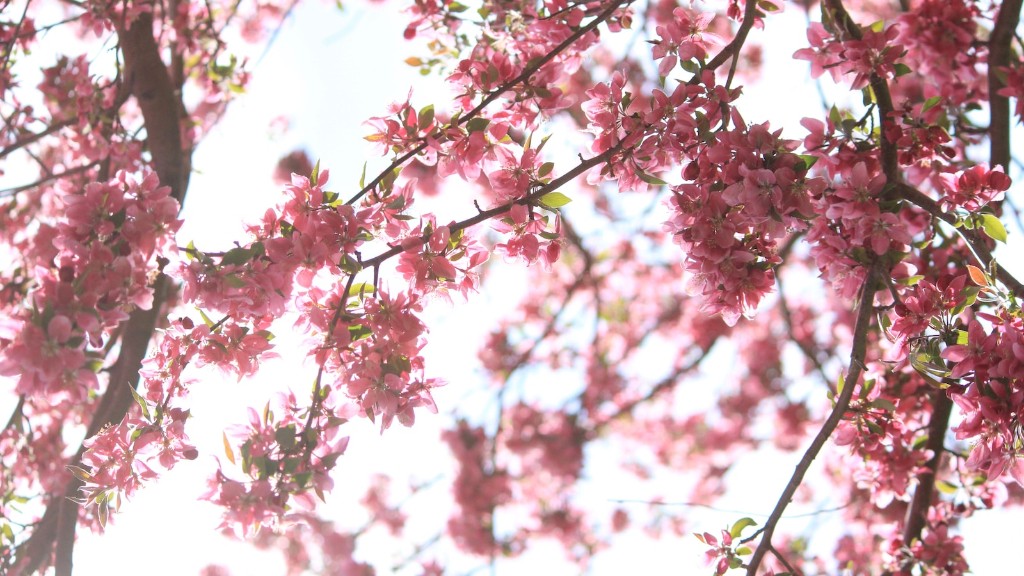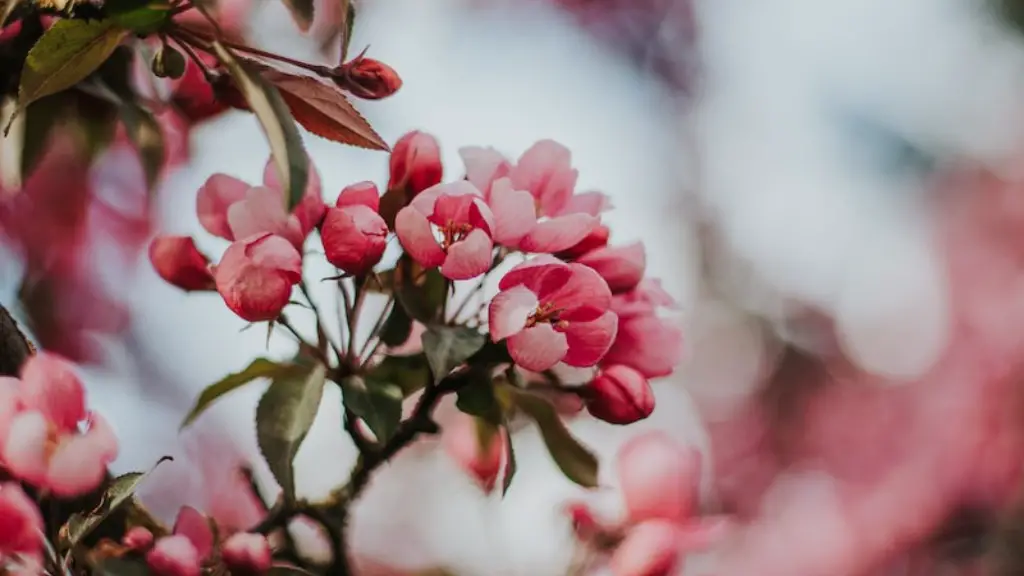My apple tree is losing its leaves, a worrying sign that something is wrong. There are many potential causes: improper water and nutrient levels, pests, disease, or even simply age. If a tree is healthy, it usually retains most of its leaves year-round, but if something is wrong, they can drop prematurely. Here, I’ll explain why it’s happening and how to prevent it.
Firstly, insufficient water and nutrients can lead to a nutrient deficiency, weakened root system, and premature leaf drop. Too much water can also cause the tree to experience drought stress, leading to leaf shed. Secondly, insect pests can create wounds in both the leaves and bark, causing them to drop. These pests typically have a lifecycle, and then target the tree multiple times in a single season, leading to increased leaf drop. Thirdly, certain fungal and viral diseases can weaken a tree’s immunity and cause leaf shedding. Lastly, there can be an age-related component, as some apple trees naturally shed their leaves after a set number of years.
How to Prevent Leaf Drop
To prevent leaf drop, start my performing a tree inspection. Examine the roots, trunk, branches, and leaves for any signs of disease, pests, or poor health. Then adjust the soil chemistry and nutrient levels accordingly. Test the soil pH, and supplement where needed with fertilizer. It’s important to provide the tree with adequate amounts of water, but too much can be just as bad as too little. This can be checked with a soil moisture meter.
The next step is to protect the tree from pests and disease. Choose resistant apple cultivars, and use natural pest control methods such as introducing beneficial predators into the area. Regularly check the leaves and bark for signs of infection and take action if necessary. In some cases, pruning the tree can help, but it should be done carefully.
Lastly, if the tree is just too old, replacing it may be the best option. Older trees are more susceptible to disease and insect damage, and they may also be more prone to nutrient deficiencies. It’s important to choose a replacement that is appropriate for your local climate and soil type. With the right approach, you can ensure your apple tree stays healthy and free from leaf drop.
Environmental Stressors
Environmental stressors can also cause a tree to shed its leaves prematurely. Cold temperatures, drought, or excessive wind can all cause stress on the tree, leading to leaf drop. Another example is an imbalance in light and temperature. Sunlight is important for photosynthesis, but too much can make the leaves too hot and dry. To reduce the risk of environmental stress on your tree, make sure it is planted in an appropriate site with adequate protection from the elements.
Additionally, damage from sunlight can be caused by reflected light. This can be an issue when planting trees close to large windows or mirrors, which can magnify the sunlight and make it more intense. Keep an eye out for signs of sunburn, such as yellowing or browning leaves. If this is the problem, you can use a shade cloth to protect the tree from reflected light.
Finally, if you recently transplanted your tree, it may need a period of adjustment. Transplant shock can cause a tree to shed its leaves, as it is trying to adapt to its new environment. To minimize the stress on a transplanted tree, provide plenty of water and additional nutrients until the tree starts to put down roots.
Soil Quality
Now that we’ve covered environmental stressors, let’s talk about soil quality. Poor soil can lead to malnutrition, causing nutrient deficiencies and weak root systems, ultimately resulting in leaf drop. It is important to test the soil regularly and supplement as needed with nutrients. A good soil should have a balanced pH, adequate amounts of organic matter, and access to macronutrients such as nitrogen, phosphorus, and potassium. If the soil lacks these elements, adding a compost or fertilizer can help improve it.
In addition to nutrients, oxygen is also important for a tree’s health. Without adequate amounts of oxygen, the roots struggle to access water and nutrients. To ensure the soil has enough oxygen, mix it with a soil amendment or perlite to increase its aeration.
Once the soil has been corrected and improved, you can use mulch to help maintain it. Mulch helps to retain moisture, reduce evaporation, and prevent weeds from taking over. It can also improve the soil’s structure and make it easier for the roots to absorb nutrients.
Monitoring the Tree
To keep your apple tree healthy, it’s important to monitor the tree regularly. This includes checking the leaves and bark for signs of pests or disease, and testing the soil. Make sure to keep accurate records of your tree’s progress, so that you can spot any changes quickly and take action as needed.
You can also monitor the tree’s water intake by measuring the soil moisture with a meter. This will alert you to any issues with watering, such as not enough or too much. It’s also a good idea to take regular readings, as changes in the water level can indicate a potential problem.
Finally, keep an eye on the environment around your tree. Take note of any major changes, such as an increase in temperature or an unexpected bout of wind. Any of these can cause the tree to be stressed, resulting in leaf drop. By monitoring your tree and its environment, you can take steps to prevent leaf drop before it becomes serious.
Disease Prevention and Control
Disease is another potential cause of leaf drop in apple trees. Some diseases can weaken the tree’s immunity and cause premature leaf shedding, so it’s important to monitor the tree carefully for signs of infection. Careful pruning and trimming can help to reduce the risk of infection, as it removes decaying tissue, dead branches, and overcrowding. Additionally, the use of natural biocontrols can help to reduce the spread of disease.
Fungicides and pesticides can be used to control disease, pests, and weeds, but should only be used as a last resort. These chemicals are toxic to humans and the environment, so whenever possible, try to use natural methods. some of the most effective natural solutions include introducing beneficial insects, using protective coverings, and applying compost teas or other solutions.
Finally, it’s important to teach good sanitation practices. Keep the area around the tree clean and tidy, and avoid the use of chemical fertilizers or weed killers. This will help to keep disease and pests at bay and reduce the chances of leaf drop.




